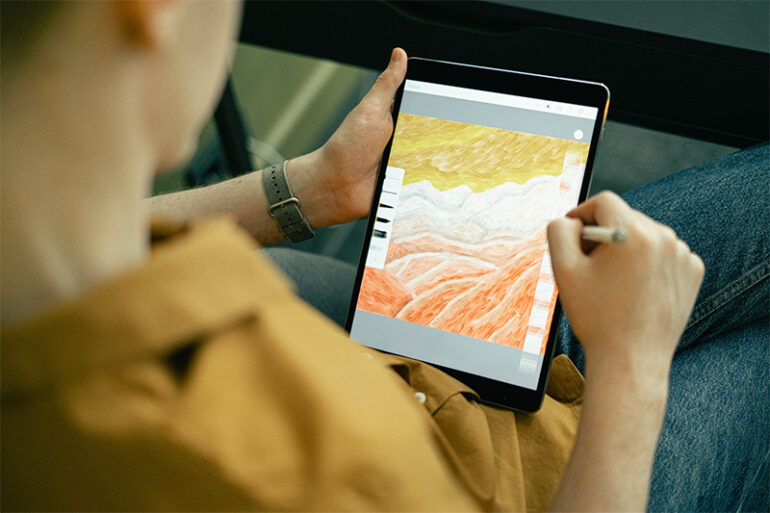The internet has changed many aspects of our lives, and one of the most affected circles is the art world. Gone were the days where museums and art institutes held a monopoly over art. Now, if you wanted to appreciate art, you could easily do so by logging on to social media. There are also sites solely dedicated to artists like DeviantArt or Pixiv. Museums also embrace the internet by incorporating virtual tours of their exhibits and providing downloadable guides on their websites.
Besides making art more accessible and providing institutes with more innovative ways to share their exhibits, the internet has also irrevocably changed how artists approach art.
Easier and faster knowledge transfer
There was once a time where, if you wanted to be an artist, you needed to either have a latent talent for it or take an apprenticeship. Now, all you need to do is sign up for an online course or look up tutorials on the internet. Some contemporary artists boast that they achieved their skill level solely by learning through the internet. The internet has helped awaken the potential in countless artists by providing them an often free and low-pressure avenue for learning.
The people who grew from learning on the internet then continue the legacy by gaining an audience and passing their knowledge. They post on forums, provide tips on social media or blogs, or host livestreams to demonstrate their artistic process.
Less fear of censorship
Museums have had an unfortunate history of censorship, which goes against the principle of art as a medium for free expression. Additionally, there was controversy about how exhibiting your work in a museum was only possible if you had the right connections or tailored your pieces to the museum’s aesthetic. This gave rise to anti-museum movements where artists banded together to create spaces to feature their art. Now, artists have found that platform in the form of the internet. The internet has given artists an avenue to share their work freely and allowed patrons to provide direct feedback to the artist. While there is a valid criticism of this culture of social media validation, we cannot deny that artists are empowered to continue making art when they see that their work is well-received.
More avenues for income
The “starving artist” stereotype became prominent because it was difficult for artists to make a living back then. However, artists can grow their audience faster and sell their artwork to their patrons worldwide with the internet. Sites like Patreon and Ko-Fi allow patrons to donate to artists and gain exclusive viewing rights to their works. Some artists also make merchandise to sell at conventions or online marketplaces.
As with anything, the internet also comes with several drawbacks. However, we cannot ignore the good it has done for the art community. More people have come to appreciate art and have even become artists themselves. This rapid expansion has given rise to more creative artistic mediums, contributed to art’s evolution, and cemented its place in society.
Photo Attribution:
1st and featured image from https://www.pexels.com/photo/person-drawing-on-a-tablet-4238489/
2nd image from https://www.pexels.com/photo/man-editing-photos-on-laptop-7129670/

